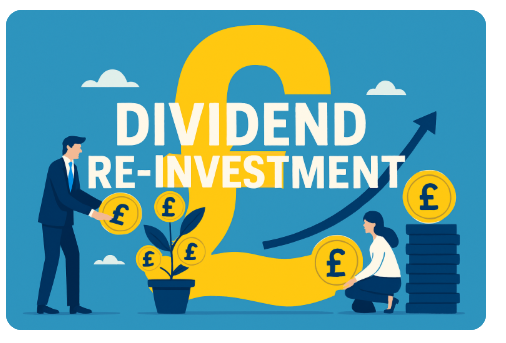Invesco Bond Income Plus (BIPS)
05 November 2025

Disclaimer
This is a non-independent marketing communication commissioned by Invesco. The report has not been prepared in accordance with legal requirements designed to promote the independence of investment research and is not subject to any prohibition on the dealing ahead of the dissemination of investment research.
KEPLER
BIPS uses the investment trust structure to maximise the potential in high-yield bonds.
Overview
Invesco Bond Income Plus (BIPS) is designed to offer an attractively high yield with a diversified, risk-conscious approach. The investment trust structure allows the manager, Rhys Davies, to invest in a diversified set of high-yield bond markets, including into some smaller and less liquid areas, and to boost the yield by taking on gearing rather than extra credit risk. Meanwhile, the ability for the board to build up revenue reserves makes it easier for it to provide a smooth income output (see Dividend).
Rhys can invest in high yield globally, but focusses on the UK and Europe, supplemented by the best ideas from Invesco’s large US-based credit teams. He runs a portfolio very diversified by issuer, and uses his and his team’s expertise in subordinated bank debt to provide a boost to the yield without taking excessive credit risk (see Portfolio). Currently, this allocation to subordinated financials is balanced by a large position in lower-yielding, investment-grade debt. Overall, Rhys is positioned cautiously, waiting for opportunities to take advantage when high valuations recede — as he did to good effect during the tariff tantrum of April 2025. Nonetheless, the portfolio yield is c. 7.5%, reflecting Rhys’ ability to generate income without leaning on credit risk. Board and manager agree a dividend target at the start of each year, with 2025’s 12.25p per share equivalent to an ongoing share price yield of 7.0%.
Strong demand for the shares means the trust has tended to trade on a premium for the past three years and the board has issued substantial amounts of shares to meet demand, which has contributed to BIPS having the lowest charges in its sector by some way. Nonetheless, the shares still trade on a small premium of 1.5% at the time of writing.
Analyst’s View
BIPS has strong credentials to be the first option considered for any high-yield bond allocation. It uses the features of the investment trust structure well to its advantage, providing an edge over open-ended funds or ETFs. Rhys doesn’t have to keep cash on hand for outflows, and so can remain fully invested. In fact, he tends to run with a geared position, boosting the yield and the capital growth potential. He also invests in more specialist and less liquid areas like subordinated financial debt and some small issue bond deals, providing off-benchmark allocations that passive options can’t. The annual dividend target provides some visibility on the yield, while revenue reserves provide some protection in the event that market yields fall. Invesco’s large credit teams in Europe and the USA allow Rhys to manage a broad and diversified portfolio with prudently managed issuer and geographical risks.
Rhys’s cautious outlook doesn’t prevent the trust from offering a high yield while also having some built-in beta to any price appreciation that would come from falling interest rates, with a duration of 3.8 as of the end of September. This interest rate sensitivity is spread across the three key geographies, and so if UK rates remain high while European and US rates continue to fall, the portfolio will still benefit. We think that, given how narrow credit spreads are right now, BIPS’s approach, which allows a high yield to be earned without leaning on credit risk, is highly attractive.
Bull
- Experienced and well-resourced team with international presence
- Risk-conscious approach could provide stability through tougher markets
- Attractive yield on offer with high average credit rating
Bear
- Gearing also magnifies losses in falling markets as well as gains in rising markets
- Income would come under pressure with any sustained fall in market yields (as it would for peers)
- Duration would lead to losses if rates were hiked

Leave a Reply